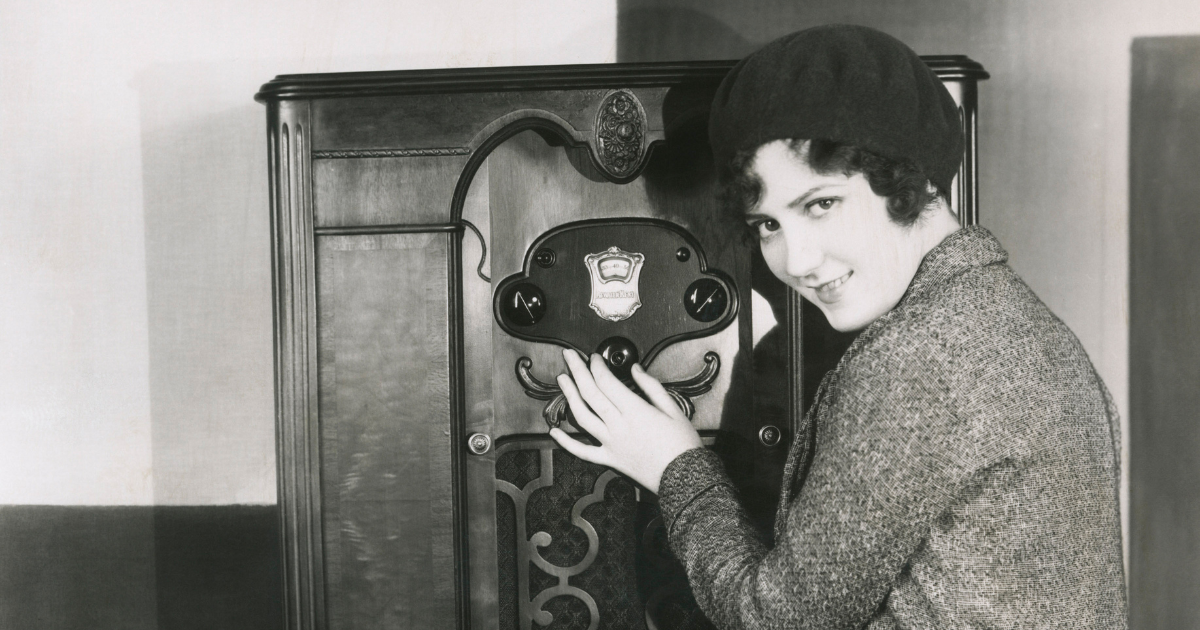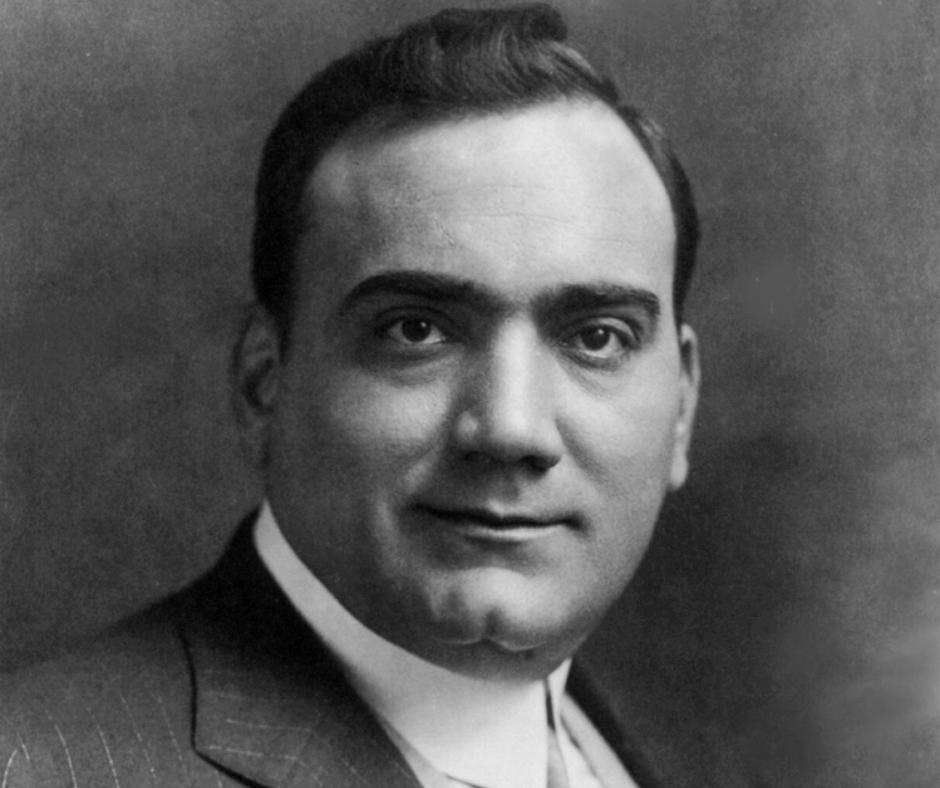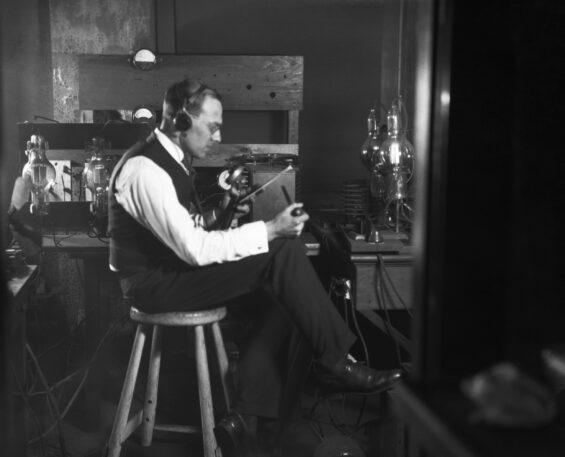
Modern broadcasting began around 1920.
Radio Days
America's Soundtrack
The album features iconic standards tracing back to the dawn of broadcasting: on Christmas Eve 1906, Reginald Fessenden astonished sailors by sending the first human voice and a violin performance of O Holy Night over the air. Four years later, Enrico Caruso’s voice carried from the Metropolitan Opera in one of radio’s earliest broadcasts. Radio Daysdraws on that legacy, reviving the golden era when songs of resilience, longing, and hope filled American homes.

Radio Days is Living Opera’s flagship 2026 album, created in honor of America’s 250th anniversary, exploring the rich history of opera and its enduring connection to the golden age of radio.
Honoring the past, serving communities
Radio Days is more than an album—it is a cultural memory project. Alongside the music, we are gathering oral histories from older Americans whose lives were shaped by these songs and the industries around them. Just as families once gathered around their radios for FDR’s Fireside Chats or wartime broadcasts, these stories remind us how sound helped knit a nation together.
Radio Days

On January 13, 1910, Enrico Caruso’s performance at the Metropolitan Opera was transmitted live by Lee de Forest’s experimental radio system, marking one of the first times a singer’s voice was broadcast to the public.
Frank Conrad broadcasting the results of the 1920 presidential election.

Radio Days
Be part of the story
By connecting artistry with memory, Radio Days creates a platform for intergenerational dialogue, community pride, and national reflection. As America marks its 250th year, this project invites audiences to rediscover the role of music in shaping identity and resilience.